The escalating cycle of violence over the past couple of years has been a clear signal that an upheaval is to be expected.
An assessment of critical trends in the Israeli-Palestinian conflict over the past couple of years show that the cycle of violence has escalated sharply, resulting in the two parties being as far away as ever from resuming peaceful negotiations and realising the arrangements agreed upon in the context of the Oslo Accords in 1993. The frequency and intensity of the settler violence against Palestinians, the rise in Palestinian terrorist attacks against Israel, the accelerated settlement construction on Palestinian territories, as well as the perceived lack of governance and fragile state of the Palestinian Authority and the growing discontent and fury among Palestinians caused by a sense of hopelessness regarding the future have all served as clear indicators that there is nothing pointing toward an end of the increasing violence. Rather, an inevitable upheaval was to be expected sooner or later – also because 2022 and 2023 were the bloodiest in recent years in the conflict.
Delicate balance for Israel: complete siege, while risking the lives of civilian hostages?
Following the statement by Israeli defence minister ordering a “complete siege”, a highly likely imminent scenario is the one where Israel conducts a major operation in Gaza, attacking targets both from the air and on the ground. Sending troops into the Gaza Strip will change the status quo that has been in place since its troop withdrawal in 2005. Given the scale and success of Hamas’ offensive, it is unlikely that the Israelis would repeat previous operations, which have typically been limited in scope. Only a few hours later after the announcement of the complete siege, a spokesman for Hamas’ armed wing said that if Israel attacks Gazans without notice, it will start executing civilian hostages and publicising the act. This leaves Israel in a precarious position to find the delicate balance between its declared war on Hamas on one hand, and the fate of its civilian as well as military hostages taken by the very same terrorist organisation on the other.
Hamas’ attack on Israel is inflicting serious wounds on the Biden-administration’s efforts for the “new Middle East”.
As a result of several factors, including public fatigue with the expensive wars in Iraq and Afghanistan, mounting energy independence in the United States, the focus on Russia’s war against Ukraine and growing awareness of the long-term challenge posed by China’s rise, there is a significant rethinking of the scope and nature of U.S. engagement in the Middle East. Hence, the unprecedented attack against Israeli target comes at a time when the U.S. Middle East strategy is at a turning point and the Biden-administration has invested much of its regional engagement in the strengthening and expansion of the Abraham Accords, aiming to normalise the relations between Israel and certain Arab countries. Further, the attack is likely to have impaired U.S. efforts to mediate a historic rapprochement agreement between Israel and Saudi Arabia and it remains to be seen whether the attempt to forge relations between the longtime foes can survive the current crisis.
Iran-backed Hezbollah entering the conflict would be a game changer, forcing Israel to fight on two fronts.
Israel exchanging fire with Lebanon’s Hezbollah, an Iranian-backed Shiite militant group the day after the attack, raises the likelihood of a wider regional conflict. With Iran’s supporting role to the Palestinian side in the conflict, there is a risk of a two-front war that would destroy parts of Israel and much of Lebanon, where Hezbollah is based – and the risk of escalation is real given these developments. Over the past two decades, Hamas-supporter Hezbollah has become the best-armed non-state actor in the world, with an estimated 130 000 rockets and missiles in its arsenal and some 20 000 active and 20 000 reserve fighters. Current situation also raises serious questions on the role of Iran and its proxies in sabotaging Israeli-Arab rapprochement.
While Jews are being urged to leave Jewish symbols at home and refrain from speaking Hebrew in public places in certain Member States of the European Union, the Jewish communities are safe in Hungary.
Several pro-Palestinian demonstrations have taken place across the globe, celebrating the massive assault against Israel. Parallel to Western countries hosting large Muslim diaspora communities such as Canada, the U.S. and Australia, videos of Palestinian supporters praising the attacks have been seen from several European sites as well, including London, Birmingham, several Swedish cities (including the capital Stockholm), Berlin – even on the island of Kos migrants were seen celebrating the attacks on Israelis. The tense situation and the increased threat perception is also felt by Jewish communities among the Member States of the European Union. As a result, authorities have increased security precautions around Jewish landmarks and leaders of these communities are urging their members to take preventative measures. The Jewish community in Gothenburg (second largest city in Sweden), for instance, sent an e-mail with the heading ‘Advice to members’, stating that they “firmly” advise all members to exercise great caution in the future by “leaving Jewish symbols such as Stars of David and kippot at home”. Further, Hebrew speakers were asked not to speak their language in public places. In stark contrast, Hungary has been pointed out as one of the safest places for Jews across Europe, among others in a study based on several surveys conducted during a two-year-period ending in 2022 by the European Jewish Association.
Written by Hanga Horváth-Sántha.
